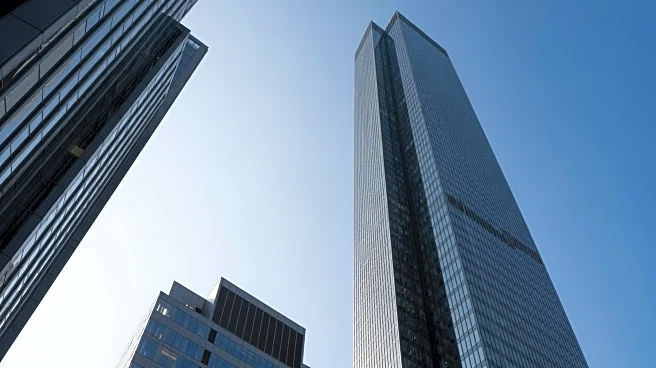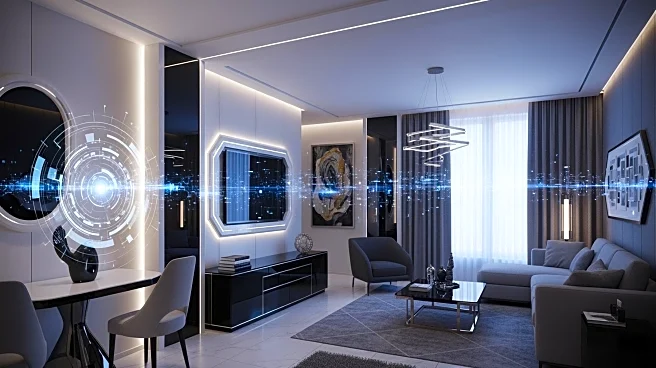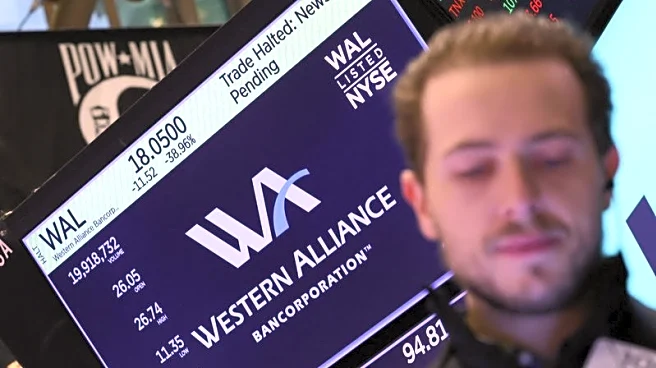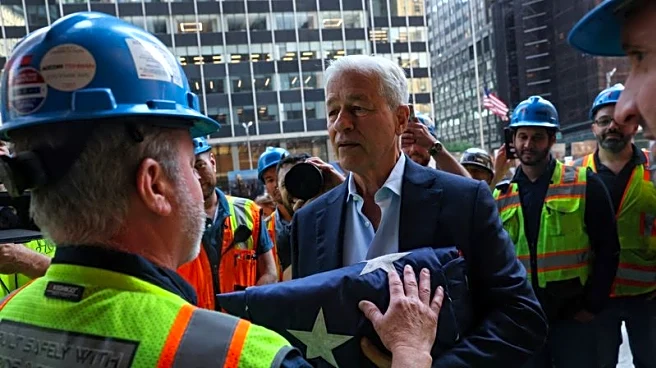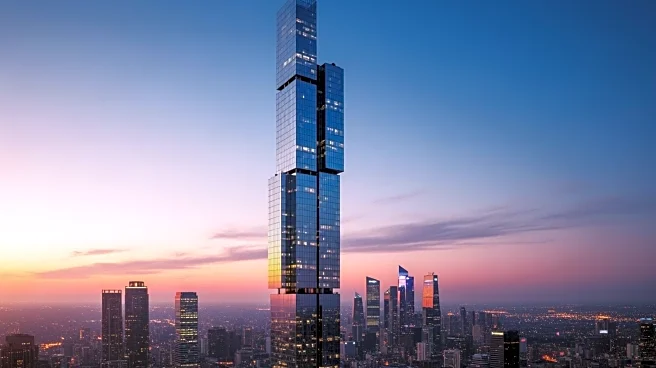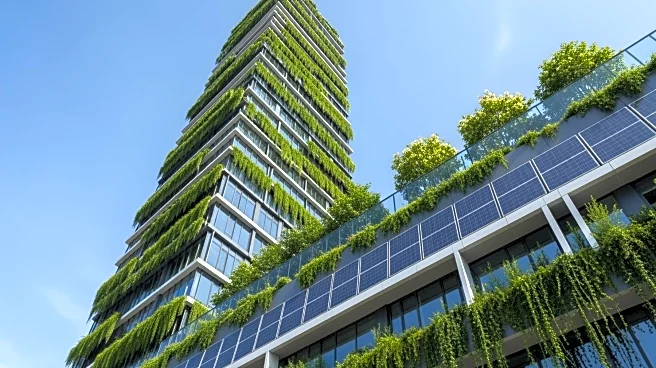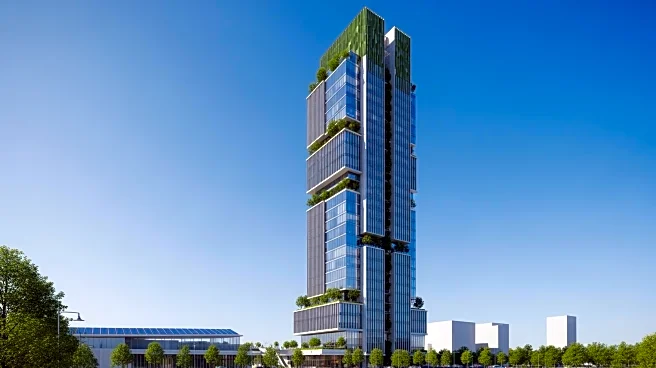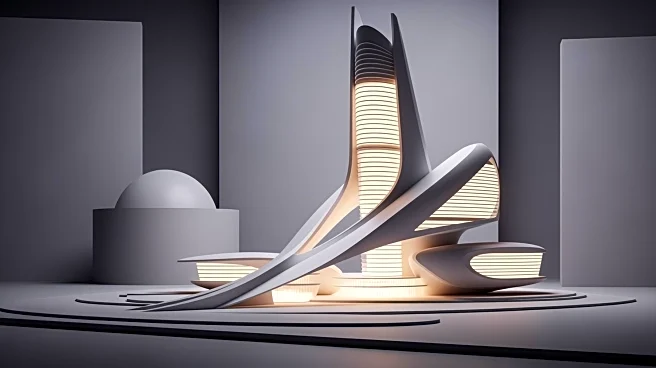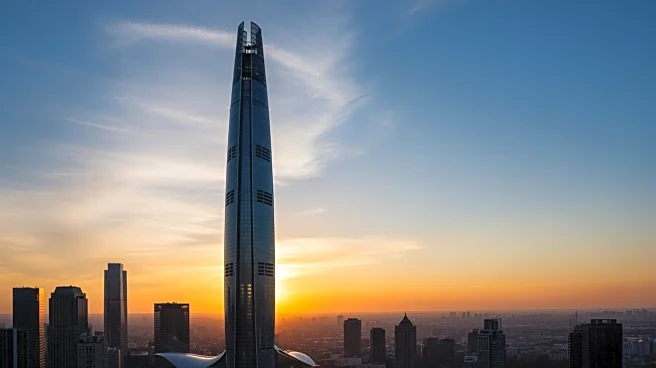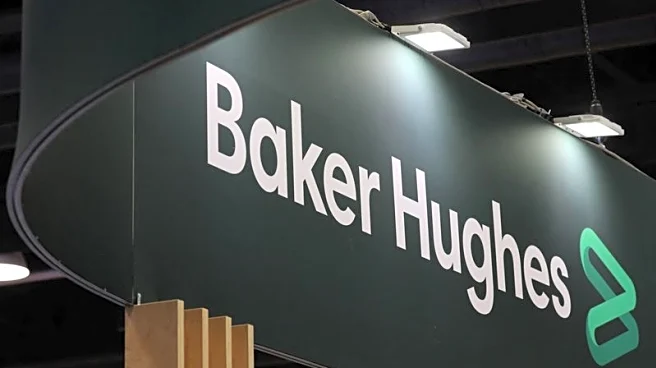What's Happening?
JPMorgan Chase & Co. has inaugurated its new global headquarters, a 60-story skyscraper located in Midtown Manhattan, New York. The $3 billion building is designed to accommodate 10,000 workers and features modern amenities aimed at attracting and retaining
employees. According to David Arena, head of global corporate real estate, the building is equipped with biometric access, a building app for ordering food and reserving meeting rooms, and a drone port for package deliveries. The skyscraper also includes a Michelin-starred vegan restaurant, a cafe serving protein shakes, and an English-style pub, offering 50% more hospitality space than any previous JPMorgan property.
Why It's Important?
The opening of JPMorgan's new headquarters represents a significant investment in employee experience and workplace innovation. By incorporating advanced technology and hospitality-focused amenities, the bank aims to enhance its appeal to current and prospective employees, potentially setting a new standard for corporate office environments. This move could influence other major corporations to invest in similar facilities, impacting the real estate market and urban development in major cities. Additionally, the focus on employee-centric features reflects broader trends in workplace design, emphasizing flexibility, convenience, and well-being.
What's Next?
JPMorgan's new headquarters may serve as a model for future office developments within the company and potentially across the industry. As businesses continue to adapt to post-pandemic work environments, the emphasis on modern amenities and technology integration could become more prevalent. Stakeholders, including employees and urban planners, will likely monitor the building's impact on recruitment and retention, as well as its influence on Midtown Manhattan's business landscape.
Beyond the Headlines
The development of JPMorgan's headquarters highlights the evolving nature of corporate real estate, where traditional office spaces are being transformed into multifunctional environments. This shift raises questions about the future of work, including the balance between remote and in-office work, and the role of technology in facilitating employee engagement and productivity. The building's design and amenities may also reflect changing cultural attitudes towards work-life balance and sustainability.
